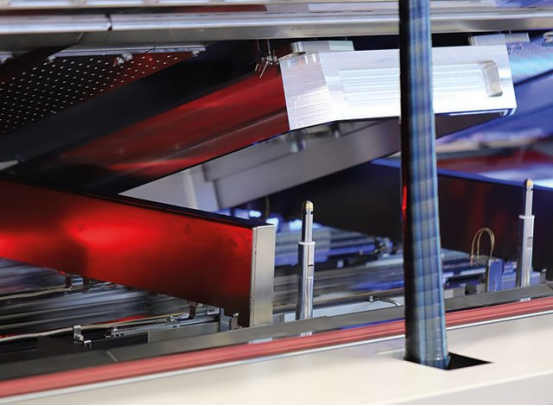How is the temperature zone of the reflow soldering machine divided
Release time:2024-07-11Publisher:Jeenoce
Why are the temperature zones of reflow soldering machines sold by reflow soldering factories different? How are the temperature zones of reflow soldering machines divided, ranging from small reflow soldering machines with three temperature zones to large reflow soldering machines with more than ten temperature zones? JEENOCE will give a big explanation.
From the perspective of the machine itself, there are many types of reflow soldering temperature zones, including three temperature zones, five temperature zones, six temperature zones, eight temperature zones, ten temperature zones, twelve temperature zones, fourteen temperature zones, etc. The commonly used is the eight temperature zone reflow soldering machine. If the area of each temperature zone in reflow soldering is changed, it can be divided into small reflow soldering, medium reflow soldering, and large reflow soldering machines. This mainly depends on what kind of product the customer is soldering to determine what kind of reflow soldering machine they need.

Relatively speaking, the more temperature zones a reflow soldering machine has and the larger the area of each zone, the better the welding effect of the product. Of course, if the circuit board components are not precise, there is no need to choose a large reflow soldering machine, as the price of large reflow soldering machines is also relatively expensive. The four temperature zones we usually refer to are divided based on the performance of the reflow soldering process. How to combine the temperature range on the reflow soldering machine with the reflow soldering process? The temperature range should be set based on the actual situation of the product to be soldered, the solder paste, and the number of temperature ranges on the reflow soldering machine itself.
1. Preheating zone: Preheating of PCB and materials (components) refers to the heating effect of the first two heating zones for reflow soldering furnaces. Higher preheating ensures that the material being welded reaches thermal equilibrium, the solder paste begins to move, and the flux and other components begin to evaporate appropriately due to the temperature rise. This refers to the heating effect of the third to fourth heating intervals for reflow soldering furnaces
2. Constant temperature zone: After removing surface oxides, some airflow begins to evaporate (welding begins) and the temperature reaches the melting point of the solder paste (at this point, the solder paste is in an undissolved state). This is the heating effect of the fifth, sixth, and seventh heating zones for reflow soldering furnaces
3. Welding area: From the melting point value of the solder to the melting point value, the process of solder melting occurs, and the PAD forms a weld with the solder. This heating effect is applied to the eighth, ninth, tenth, and third heating intervals of the reflow soldering furnace
4. Cooling zone: The formation process of alloy solder joints occurs when the temperature drops by about 50 degrees from the melting point of the solder. This is the cooling effect of the tenth and twelfth cooling zones for the reflow soldering furnace
How to combine other types of reflow soldering with the reflow soldering process and divide the reflow soldering temperature zone depends on the temperature curve required by the reflow soldering product and solder paste to adjust the temperature curve of the reflow soldering temperature zone in practice.

